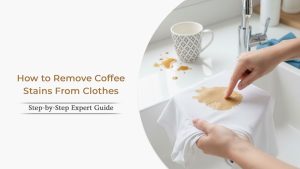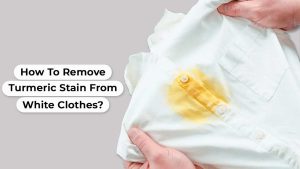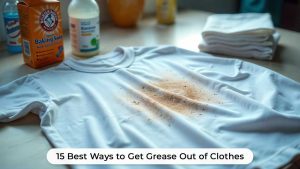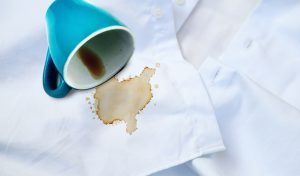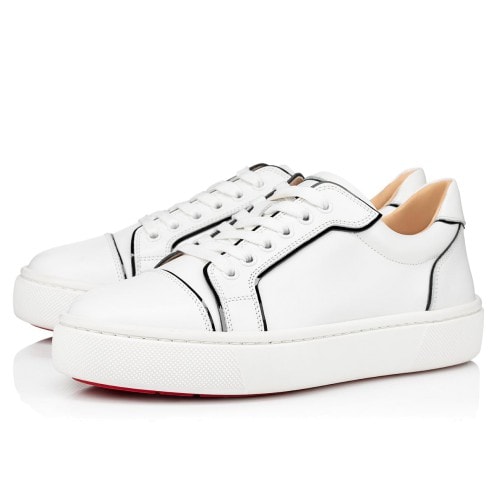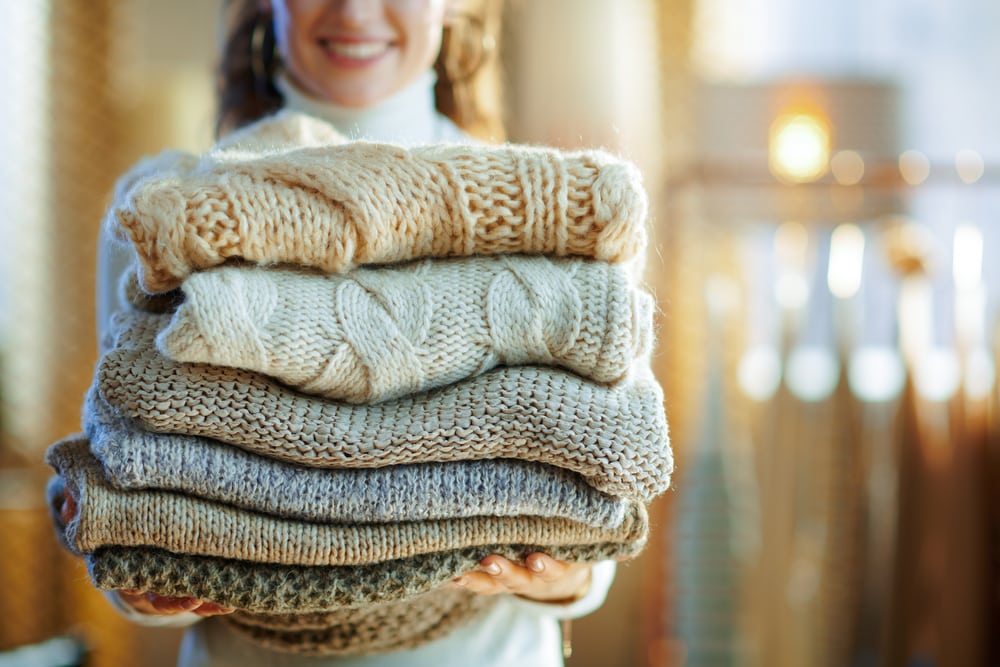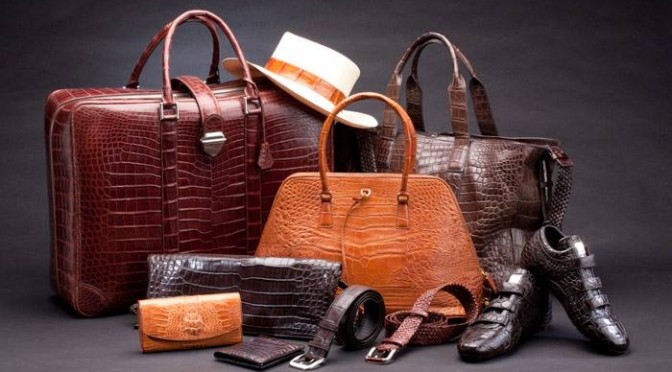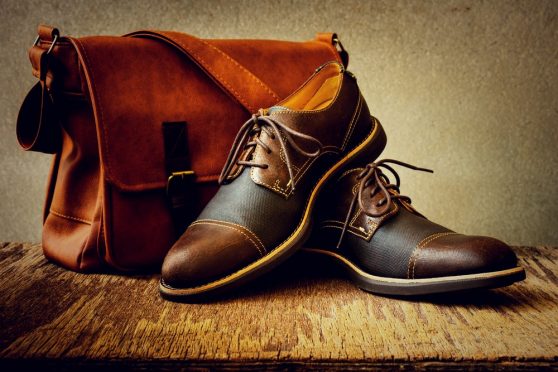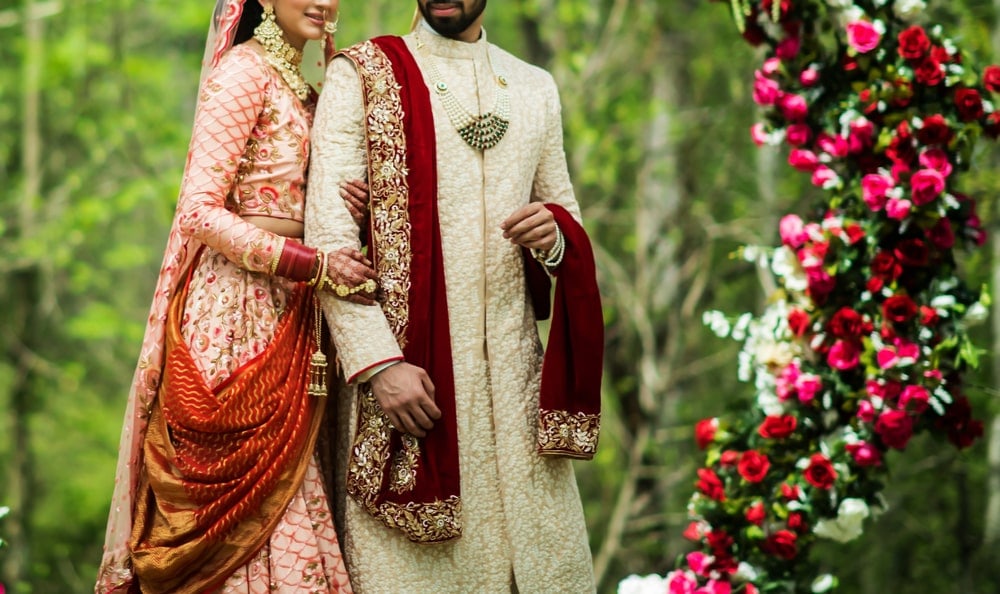Uttar Pradesh is popular worldwide for its rich...
Read More
Table of Contents
Living alone or with family, laundry is a task that we all have to do at some point. While it may seem simple like other chores you do at home, it’s not like that. Even small mistakes in washing clothes can cause issues like colour bleeding, shrinkage, tear, etc. And all of these are enough to ruin garments.
Here’s what exactly you can expect from this blog:
So, let’s see how you can do it:
To avoid such issues and keep your laundry game on point you must have a lot of information. You should know:
- What is written on the label of clothes
- How to sort your laundry properly
- How to pre-treat stains
- How to choose the right detergent
- How to choose the right wash cycle and water temperature
- How to load the washer
- How to dry your laundry
- Ironing or steam ironing and store your laundry
The good part is that we’ve accumulated all of this information right here. So, keep reading if you want to know how to wash clothes or how to do laundry step-by-step without creating laundry disasters.
Read The Garment Care Label
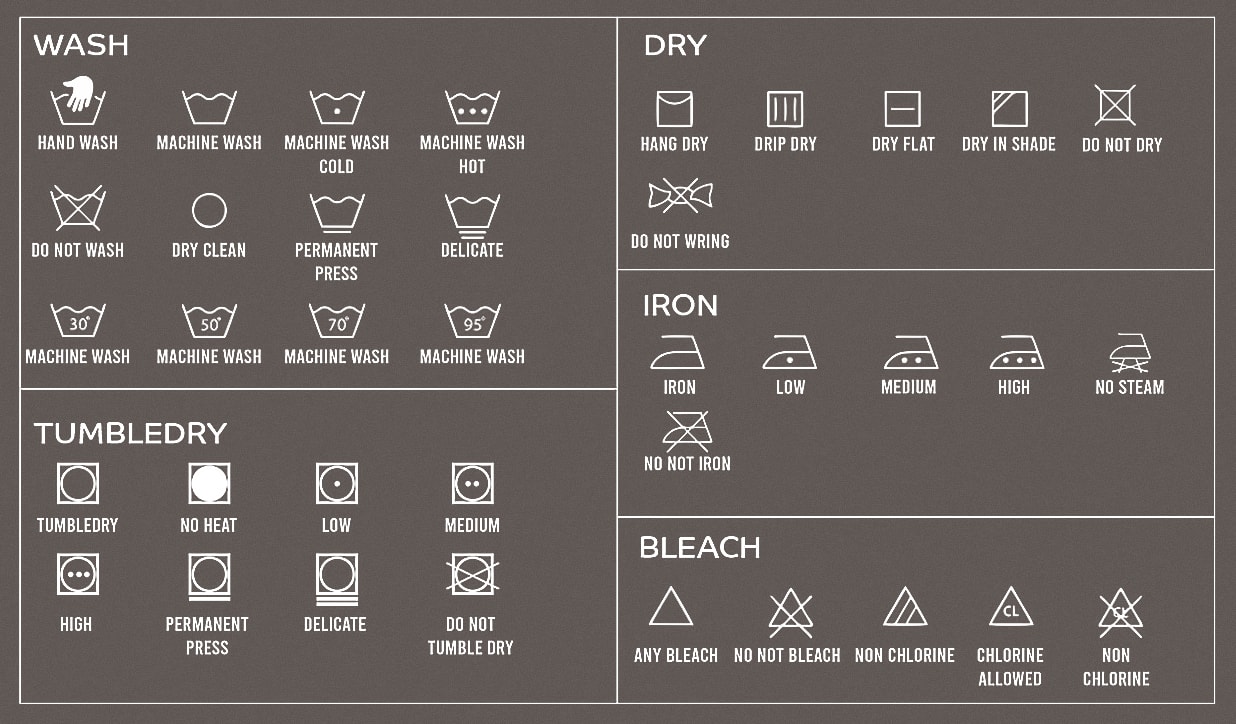
Before washing clothes you must read the labels. Some labels contain text while some just have signs. While you can easily understand the written information, you might need some help with signs. Find out what they signify. Some common signs can be seen in the image below:
By reading the label you will know exactly what you need to avoid while laundry. You will know which clothes need to be hand-washed, which need to be dry cleaned and which ones can be washed at home. Now, there is a difference between “dry clean” and “dry clean only” labels. You can wash the garments labelled “dry clean” at home with some precautions. However, the latter ones should be sent to professional dry cleaners without thought. Because the manufacturers clearly say a garment needs expert attention when it is marked “dry clean only”. Sometimes labels also tell what water temperature or dry cycle is suitable for a garment.
Generally, labels contain below-listed information for different types of fabrics:
Silk
- cool or warm water
- air, line, or dry flat
- hand wash, dry clean
Spandex
- cool water
- line dry
- machine wash
Wool
- Cool or warm water
- tumble dry low or dry flat
- Hand wash
Nylon
- Cool or warm water
- Medium or low dry cycle
Polyester
- Cool or warm water
- Medium or low dry cycle
Rayon
- Cool water
- Tumble dry low or line dry
- Hand wash
Cotton
- Hot, warm or cool water
- High, regular or low dryer temperature.
Linen
- Cool or warm water
- Tumble dry low or air dry
The above-listed instructions may not be the only thing written on the labels. Garments are not necessarily made up of one fabric. For example, a spandex top may have net sleeves, in such cases, the label will have specific instructions for washing, and hence you should always refer to that.
Get your clothes cleaned at India’s most trusted laundry chain.
Sort Your Laundry
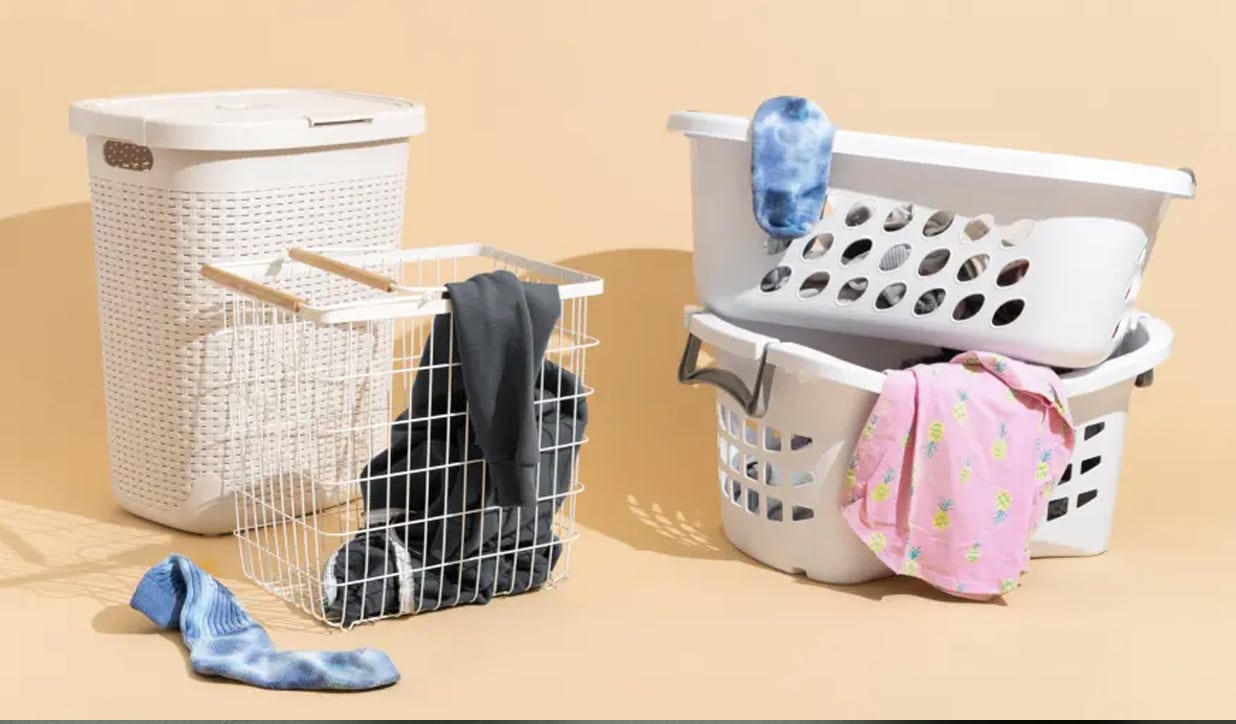
Once you read the labels, you must sort the laundry load on two bases. But before that, you need to have a laundry hamper. Purchase one, if you don’t have it at home. They come in different variants.
Some of them have wheels or handles for easy transportation. So, if you don’t have enough laundry space they would be suitable for you.
You can either buy a big hamper with multiple sections or different hampers separately. To make sorting easier put labels like “hand wash”, “cool water”, and “hot water” on the hampers. This way everyone at your home will be able to sort laundry easily.
Then sort the clothes on the following basis:
On the basis of colour
Separate all the white and light-coloured clothes from the dark-coloured ones. It is better to re-sort whites from other light-coloured clothes as well. By doing this you will never have to face the issue of colour bleeding.
On the basis of weight
After separating the load colour-wise, re-sort them on the basis of weight. Put all the heavy-weight clothes away from the light-weight ones.
For example, keep towels, bed sheets, and jeans separately from the t-shirts, dresses, leggings, etc.
Sort heavily soiled clothes

Never do the mistake of washing heavily soiled clothes with the whole laundry load. The soil will delve into the other fabrics making them even dirty. This will ruin your effort and you will have to re-wash the clothes.
PRO TIP:
We recommend you to put your clothes in different laundry hampers/ sections right after you change or leave them for laundry. Creating a pile of laundry and then sorting it is way too time-consuming.
Hey! want to try super easy way to get clean clothes.
Pre-treat The Stains
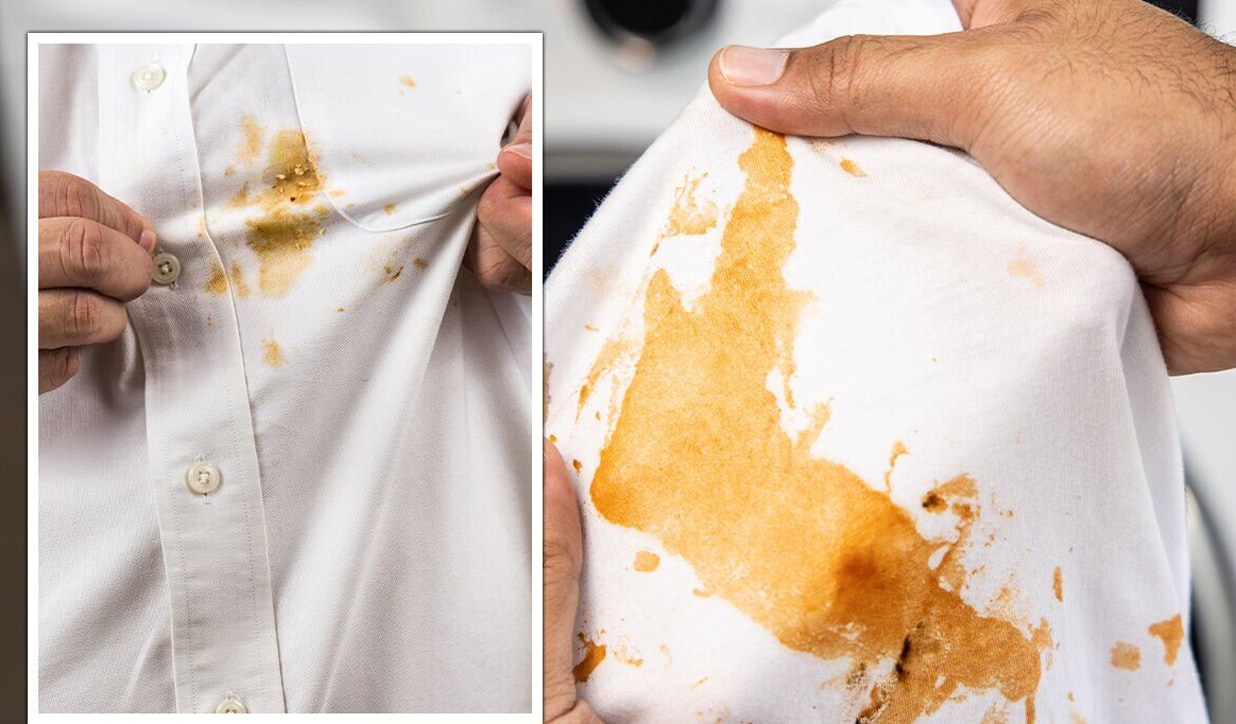
We recommend you remove stains immediately after they appear on the fabric. If you fail to do so, then pre-treat the stains before putting the whole laundry load in the washer. It will help you in getting rid of stains easily. Also, some tough stains leave their residue even after laundry as they need specific stain removal treatment.
Generally, stain removals like Vanish can work well. Similarly, a tablespoon of vinegar and baking soda mixed together works as a good stain remover too. But as we just mentioned, some stains need very specific stain removers, like:
Cover the stain with a tablespoon of salt and baking soda, then rub it.
Coffee
Mix a tablespoon of dish wash with 1 tablespoon of vinegar. Dip the stain in this mixture, and blot it.
Sprinkle baby powder or corn starch or baking soda over the stain. Blot it for 2-3 minutes.
Apply white toothpaste to the fabric and rub it until the stain vanishes
Paint
Dip the stained area in acetone-based nail paint remover like Lakme nail polish remover. Rub gently until the stain goes away.
Soak the stained area in a mixture of vinegar and warm water. Blot gently. You can also sprinkle protein digester on old bloodstains.
Choose The Right Detergent
Your laundry detergent impacts your clothes a lot. There are three types of detergents you will find in the market: powder, liquid and pod. Let’s see the pros and cons of each category:
Powder Detergents
- PROS: Powder detergents are good if your clothes have minor mud or clay stains. These are cheaper than liquid detergents. It is easy to store powder detergent as there is no fear of spilling. One additional benefit of powder detergent is that you can use it to pre-treat stains.
- CONS: As you put it in the dispenser and use a cold wash that detergent may stuck inside the dispenser tray and it often doesn’t get completely rinsed out as it gets sticky. Sometimes with cold water, the soap may not get broken down and leave soapy stains on your garments.
Liquid Detergents
- PROS: It is in liquid form which means it will go through the washer in a cleaner way without getting stuck in the dispenser tray. It also dissolves better in the wash cycle and gets rinsed out easily. Liquid detergents work better on greasy or oily stains. They are also good for pre-treating and hand washing.
- CONS: It can get messier while pouring the detergent into the dispenser. Also, you may lose the track of ideal quantity while using a liquid consistency product. You may use lesser or higher than the prescribed quantity. However, if you have a machine with a smart dispenser that gives a clear measuring unit this will not be an issue for you.
CAUTION: People often think that using more detergent will make their clothes cleaner. That’s not right. Using too much detergent will damage your garments. Because while using an excessive quantity of detergent its residue is often left in the clothes even after laundry which is not good from the perspective of fabric preservation. It is not only bad for clothes but for the washer as well. Hence, only use the prescribed quantity.
Pods
- PROS: Using pods is the simplest and most convenient way to wash clothes. It will not get messier while you put it in the dispenser.
- CONS: It often comes in only one size which means even if you have 4-5 lightweight garments to wash you will have to use the standard size sheet. This means you will use way too much detergent. In case you have a heavy laundry load one pod may not be enough to wash the whole laid. This means you can not really use an ideal amount of detergent while using pods. Other than this, pods are more expensive than liquid and powder detergents.
Out of all these, liquid detergents are a better option to choose, however, you can pick any of them depending on your convenience.
Here are a few other things you should consider before buying a detergent:
- Look for ingredients: Check what all ingredients a detergent has. The more enzymes and surfactants it will have, the better it will act. Detergents like Persil, and Woolite are rich in enzymes. They are safer for the environment and for garments as well.
- High-efficiency machine: If yours is a high-efficiency (HE) machine, the detergent bottle should have an “HE” label. You can use an HE laundry detergent can be used in a standard machine, but you cannot use a standard detergent in a high-efficiency machine.
Don’t have time to wash clothes at home?
No worries.
Choose The Right Wash Cycle And Water Temperature
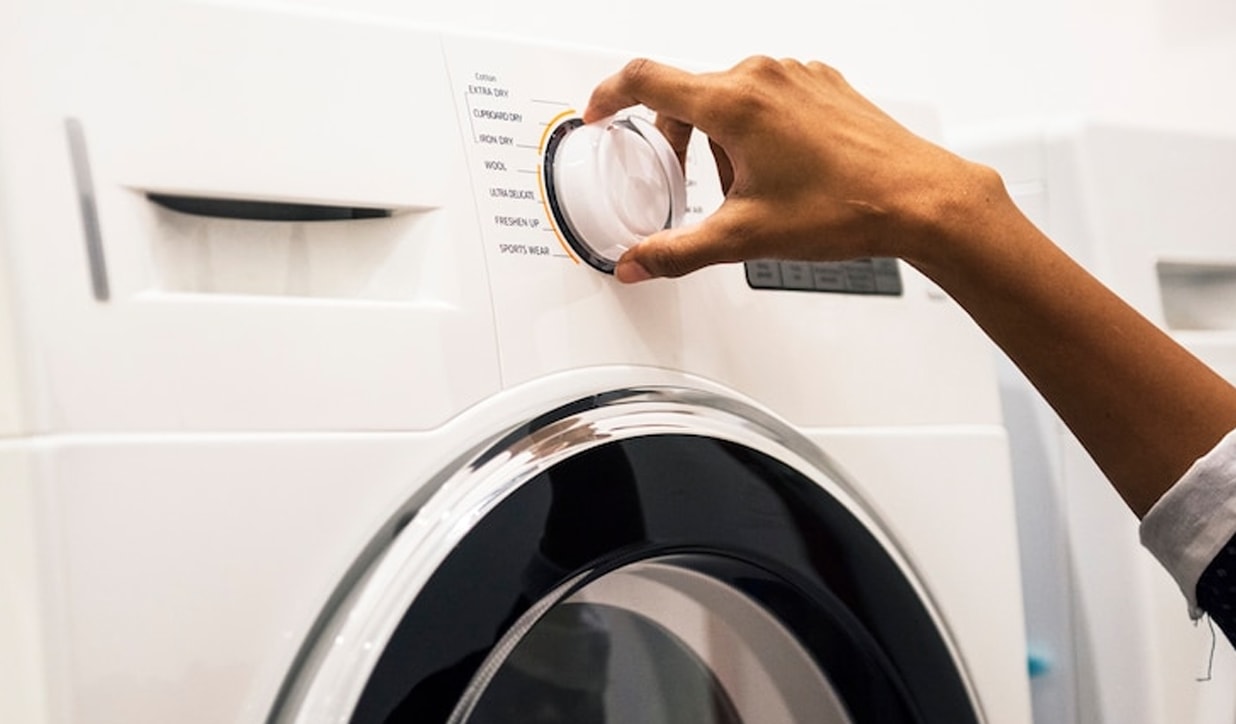
Wash Cycle
Generally, there are three wash cycles in a washing machine: Delicate, normal & permanent.
- Delicate settings: Your embellished or very delicate fabrics like wool, silk, velvet, etc. cannot withstand a normal cycle. So, they need a delicate cycle in which clothes are washed and rinsed on a slow spin. Clothes having beads, heavy embroidery, delicate embellishments, sequins etc. should be washed in this cycle.
- Normal settings: Both the wash and rinse cycles would be fast. Put your wash cycle on normal settings for sturdy clothes like jeans, towels, sweatshirts, etc. This setting is required for very dirty clothes as well.
- Permanent settings: Fabrics that are prone to get excessive wrinkles, such as linen, rayon, etc. Choose the permanent press setting on the washer.
Water Temperature
- Cold water:Generally, cold water is ideal for washing all types of clothes and stains. Your clothes last longer when they are not exposed to heat. Cold water also prevents shrinkage. You don’t have to worry about germs as your detergent generally kills germs. Further, you can dry your laundry in a low-heat setting for this purpose.
- Hot water: Some exceptions where hot water works better are cotton bed sheets and underwear. Also, if you wash pillow covers or bedding used by a sick person hot water helps in sanitization. However, it may cause colour bleeding and stains can set even deeper due to hot water. In some cases, it may fade the colours over time.
Get clean clothes delivered in 48 hours!
Load The Washer
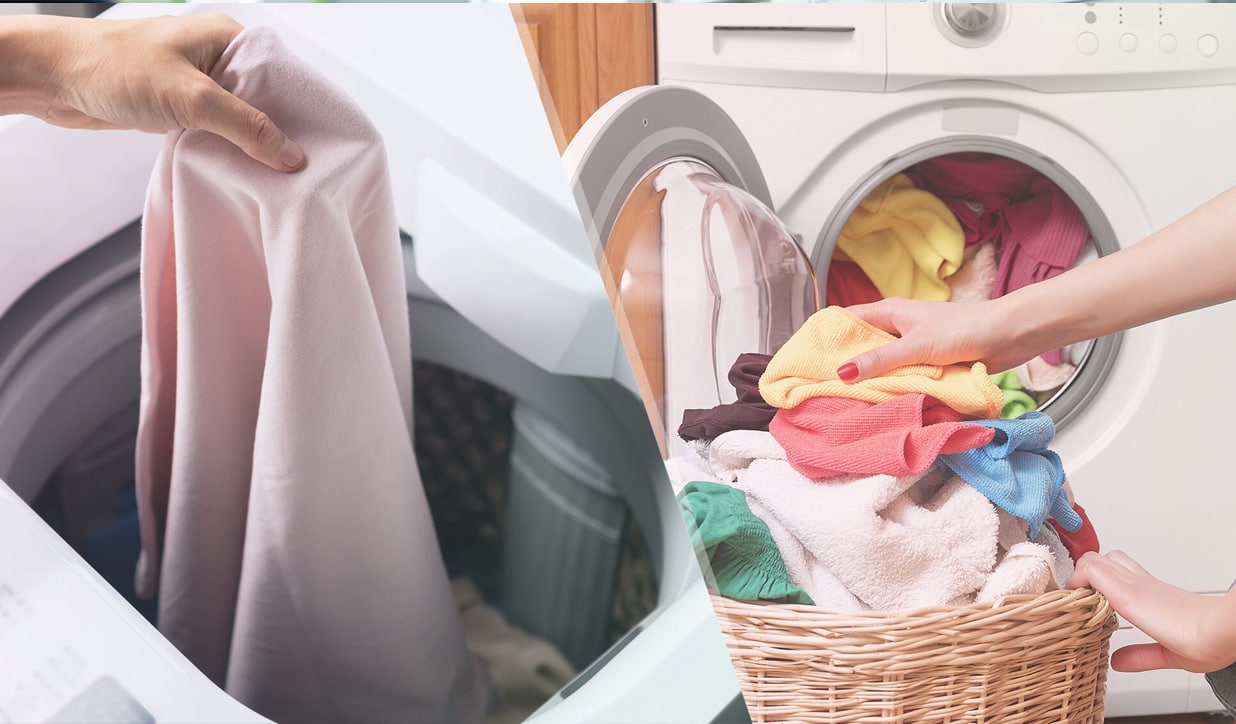
Close all the zippers, VELCRO & buttons of garments before loading them in the washer. Otherwise, they may get tangled with other garments and tear them. Apart from this turn all your embellished clothes, knitted, textured or corduroy items inside out. To prevent them from being damaged. It is even better to put the embellished clothes in a mesh laundry bag before putting them in the washer. (delicate -heavily used garment) , check pockets.
You should also mesh laundry bags for small clothes such as socks, gloves, babywear, etc. By doing this they will not go missing after laundry.
Choose the right load size
You can select the right size of the laundry load in some machines. The size of the load is basically the number of clothing pieces you are going to wash. Generally, washing machines have small, medium and large settings for this. If your laundry load is filling one-third of the machine then go for a “small” cycle. If it covers a two-thirds area of the machine then select the “medium” cycle. And if the size goes beyond two-thirds of your washer then you should choose the “large” cycle.
PRO TIP: Do not overload the washer
You should never overload the washer. Leave some space empty. Because the clothes need space to move around inside. If you will cram the washer too full, the dirt will get re-settled in other garments. Your clothes will not be cleaned well. They will lose their finish eventually and look “washed out” or faded.
Dry Your Laundry
The most common laundry disasters like colour bleeding and shrinkage can occur while drying laundry too. Thus, it is important to dry your laundry carefully, here is what you can do:
Check the labels for drying instructions
First of all, refer to the labels. If there is any instruction about the drying cycle, then follow it. In general, you should set the dry cycle on low or delicate for embellished and delicate clothes like silk, wool and rayon etc. Whereas, clothes like jeans, bedsheets etc. can be washed on a high dry cycle.
Separate the loads
Just like you separated the load while washing, do the same while drying as well. All heavy and light-weighted items should be dried separately. This will prevent shrinkage from clothes.
Choose the right dry cycle
- Delicate or Tumble dry:Use low heat and slow spin for clothes that are prone to shrinkage. Tumble dry means using no heat and is preferred for extremely delicate items, like cotton, rayon or linen.
- Regular dry cycle:Sturdy clothes like jeans, towels or sweatshirts requires a regular dryer setting. Because they are thicker they will not get completely dry on lower settings.
- Permanent press:Also called “wrinkle-free” or “wrinkle-resistant” this cycle uses medium heat but slow spin. This will give minimal wrinkles, so if you want your clothes to be fully dry but less wrinkled try this.
Remove lint from the lint trap
Before loading the clothes, check the lint trap inside your dryer. Slide the lint trap and gather the leftover lint with your fingers. Then remove it in a trash can. If you will not do this your dryer will be at risk of catching fire.
PRO TIP: If you have some spare time to line-dry your laundry load, prefer this method.
How to line dry laundry
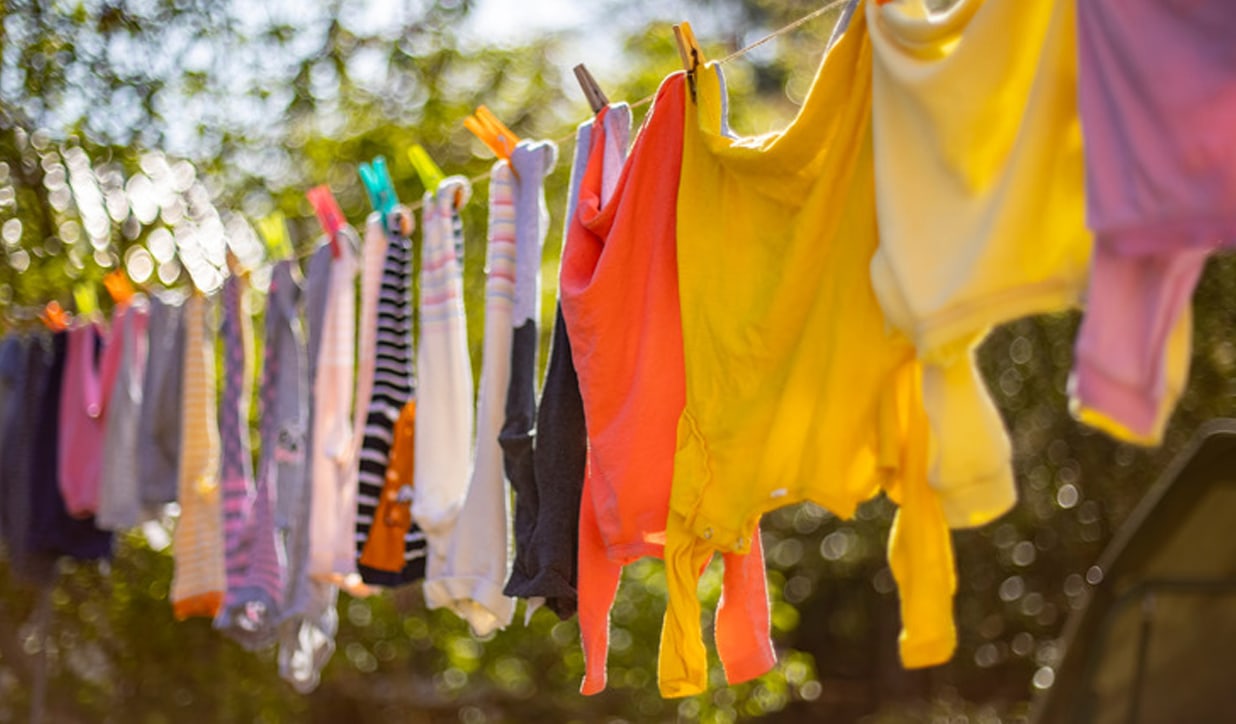
There are various benefits of line drying. It saves energy, time and money. So, if you have space for line drying and ideal weather conditions, go ahead.
Use clothespins or hangers to hang your clothes on a wire. You can also lay the clothes flat on a drying rack. This will prevent dry lines or bumps that may occur when clothes are hung to dry.
To know more details, refer to: 4 Common Line Drying Problems And How To Avoid Them
Caution: Woollens clothes must be laid on a flat surface while air-drying. Because wool is prone to deformity and your garment may get stretched out due to hanging.
Try Premium Laundry At Upto 20% Off!
Iron Clothes And Store Your Laundry
Laundry ends only when the clothes are stored properly in your closet. After drying iron them to remove wrinkles. Always use an ironing board for this purpose. And don’t forget to read the care label to set the ideal temperature of iron. For example, the temperature for cotton clothes will be way different than the ideal temperature for silk clothes.
The other alternative you can use at this stage is steam iron. It is better than traditional iron as it keeps the fibres in place for a longer duration and prevents heat damage. If you only have the normal iron at home, you can send your clothes to a laundry store to get clothes steam-ironed.
After ironing the clothes, fold or hang them as per your preference. And that’s it. Your laundry is done.
Key Takeaway
Laundry definitely requires your time and attention but it is not necessarily a difficult task. You can make your laundry day easy and simple by keeping everything you need handy. Then you sort the load properly, choose the right wash cycle, water temperature and detergent, and dry cycle as per different fabrics, you will damage your clothes while washing them. For keeping their finish intact you just have to load the clothes in the washer in the right manner and dry them as instructed above.
Just little details can make you a pro in doing laundry. Follow these steps, and keep reading our blogs for much such information.
How to Remove Coffee Stains From Clothes: Step-by-Step
Cleaning curtains is not an easy task to...
Read MoreBest Ways to Clean Curtains at Home
Cleaning curtains is not an easy task to...
Read MoreHow to Remove Ink Stains From Clothes
Removing an ink stain is not only possible...
Read MoreHow to Remove Turmeric Stain from White Clothes?
Which is the best steam iron or a...
Read More15 Best Ways to Get Grease Out of
In this blog, we will be covering the...
Read MoreHow To Remove Tea Stains From Clothes
Can’t say “No” to a cup of tea?...
Read MoreTraditional Dress Of Gujarat: History, Fabrics & Care
Many of us have been to Gujarat and...
Read MoreTop 30 Best Women Clothing Brands In India
Want to explore top 30 women clothing brands...
Read MoreBest Laundry Basket Tips from Tumbledry Experts: Save
In this new blog, we are here with...
Read More
